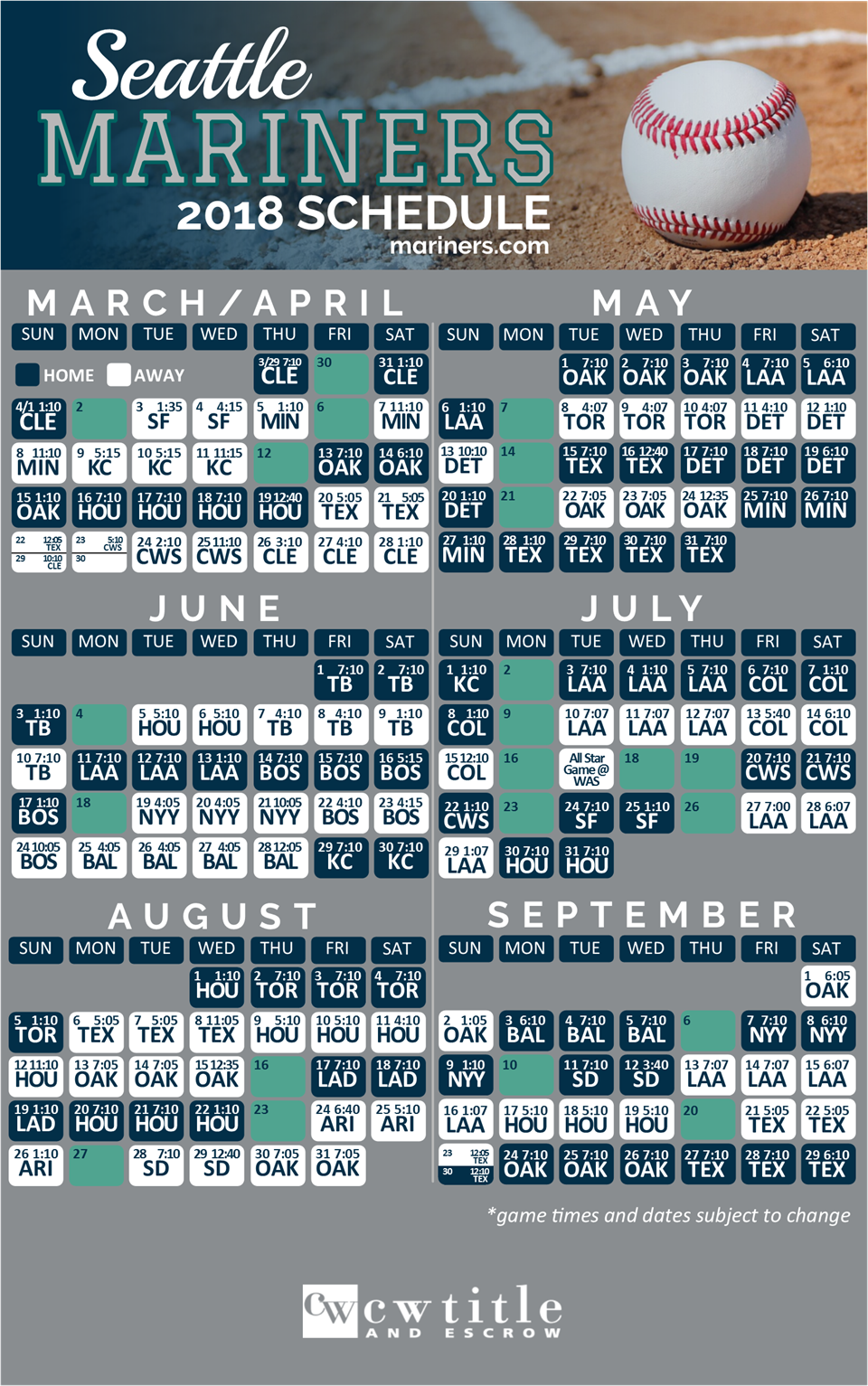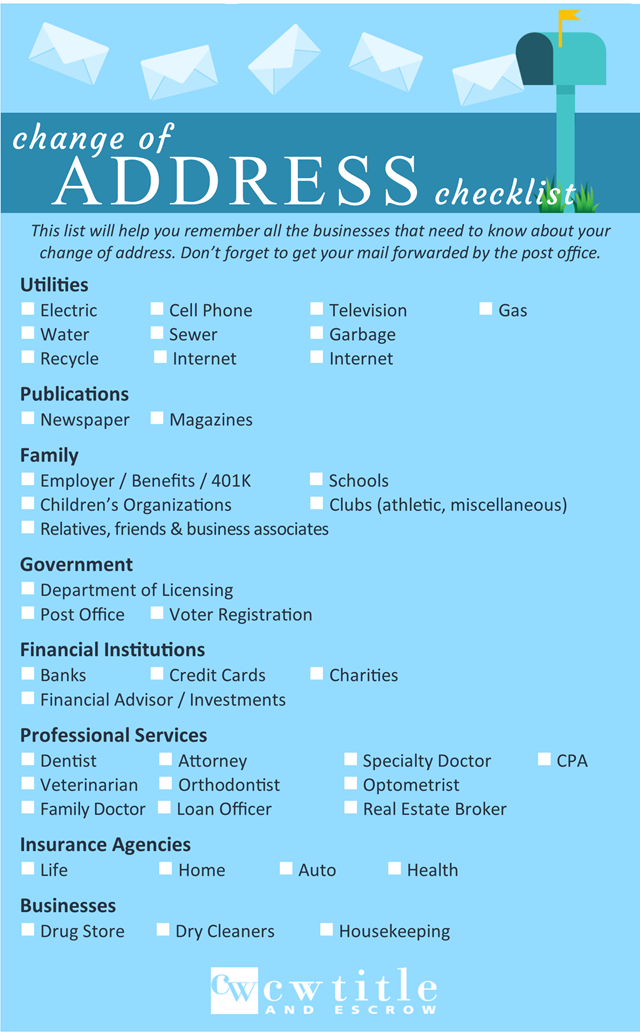Entering into debt is a concept I grew up diametrically opposed to. I was raised, like many with frugal family members, to understand that anything you couldn’t pay for on the spot was something you couldn’t afford. But as we age we learn the pathway to financial growth requires a commitment beyond what many of us can deliver up front. Building and stabilizing wealth is, for many families, tied to home ownership. To reach that initial threshold, most aspiring homeowners will need to apply for a mortgage loan. That process can be daunting, but the long-term rewards of securing your home are worth it.
Step One – Break down your budget

A major financial decision like this can’t be made lightly. Many experts recommend a 50-20-30 style plan for finances, particularly for first-time homeowners. That means 50% of your budget is committed to core, unavoidable, monthly expenses like rent, groceries, loan payments, utilities, insurance, etc. The 20% segment is savings, placed in reserve towards a general or specific future financial goal. The final 30% (at maximum) is left as a remainder for personal spending, however, is most desired. Once this is set, you’re ready to evaluate the rate at which you can repay your loan and adjust accordingly.
Step Two – Take the time to get it right
It’s exciting to be in a position to purchase your first home, but if you find the right spot and realize the funds aren’t there yet it can be a huge disappointment. That’s what makes seeking pre-approval for a loan a must – particularly if it’s your first time. Having your credit in order, along with all key financial documentation (bank statements, tax returns, debt copies, prior records of significant ownership). If your credit isn’t in a great place, it’s likely worth taking the time to amend it before applying for your mortgage loan. When you earn lower interest rates and more manageable monthly payments you’ll be thankful for your prudence.
Step Three – The bigger the down payment the better

It’s rare that first-time homebuyers have significant cash on hand, but whatever you can muster makes a difference. Typically, the greater a down payment you can muster, the lower your subsequent interest rates will be. For many, there’s only so much that’s tenable as a bulk sum up front, of course. If that fits your situation, seeking a loan insured by the Federal Housing Administration (FHA) can earn you a healthy loan for a down payment of just 3.5% of your home’s total value. To calculate the limitations of your target home’s loan options, you can input your information on the Department of Housing and Urban Development (HUD) website here.
Step Four – Stick to the plan!
After all the effort you’ll go through to secure a mortgage loan, you’ve earned the home it’s helped you purchase. That loan, like any loan, is contingent on your continued monthly payments. It can feel daunting and dispiriting after a time to continually be paying for a home you’re already living in, but maintaining your financial balance is vital. You’ll never be able to predict every expense that comes up but maintaining your budget towards paying off your mortgage loans will set you up to be more financially flexible in the future. Should you ever hope to purchase a second home or other major investments requiring of loans, having a record of consistent mortgage loan payment can help you secure far more favorable interest rates in the future.
A mortgage loan, like any loan, is a major commitment, but entering into homeownership is a massive step towards financial stability and future life-planning. With proper patience and focus, you can get the loan you need at the rate you can afford.
 Facebook
Facebook
 X
X
 Pinterest
Pinterest
 Copy Link
Copy Link


















 Because of low inventory in the fall of 2017, price growth was well above long-term averages across Western Washington. Year-over-year, average prices rose 12% to $466,726.
Because of low inventory in the fall of 2017, price growth was well above long-term averages across Western Washington. Year-over-year, average prices rose 12% to $466,726.


